Hikes in mountains surrounding Beijing yield rich haul of plant species
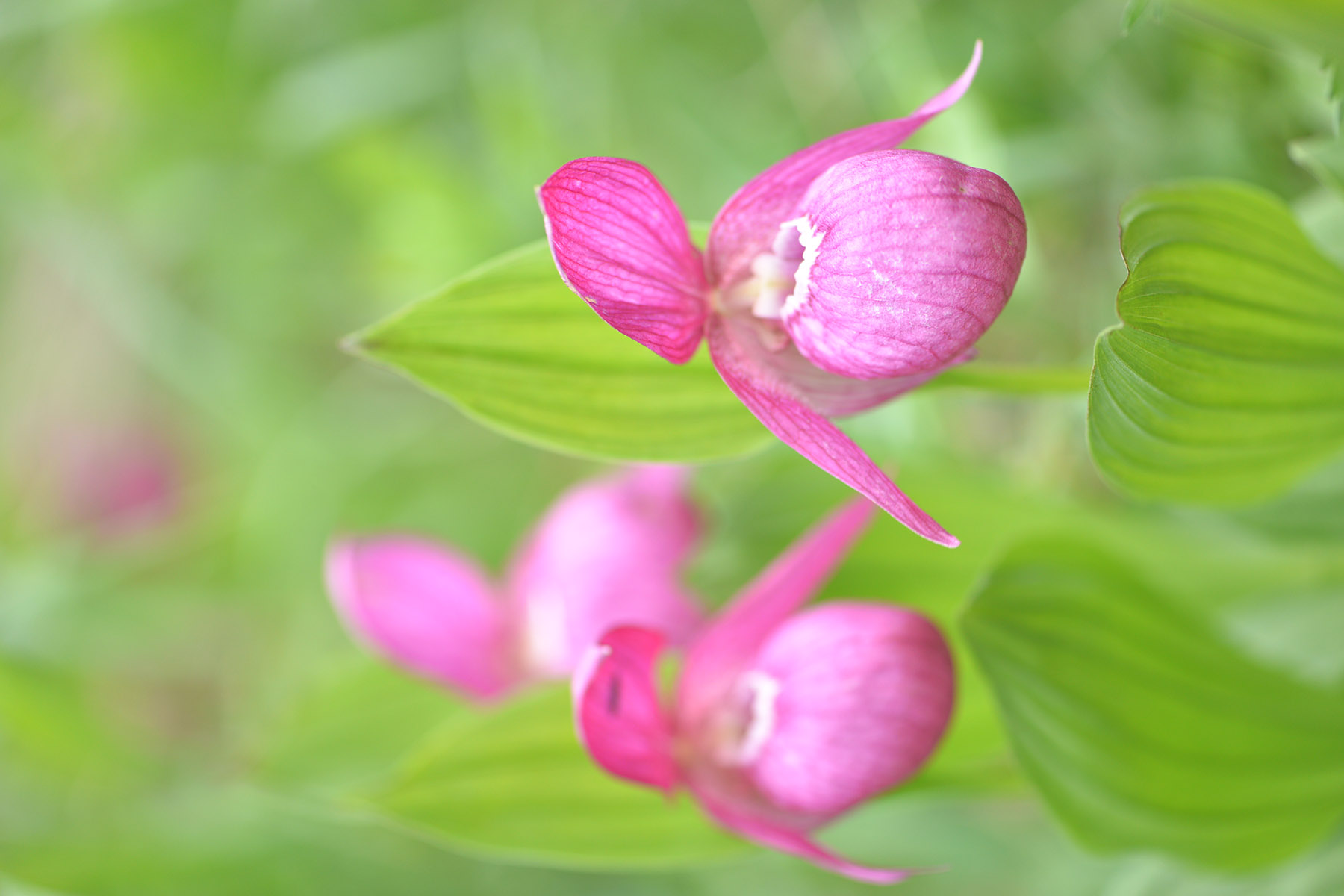
It was on one of his regular hikes in the mountains on the outskirts of Beijing that botanist Mu Xianyun came across a tiny flower growing in the moss. He had just sat down for a well-earned rest, when the floret caught his eye. A study of the flower revealed it belonged to the Rubiaceae family, and was a species rarely found in North China.
Mu, who is in his 40s, has turned his hikes in the mountains around the capital in his spare time into a research project of sorts. The walks have allowed him to discover new species of orchids and several flowers and trees that were not known to exist in the region, opening up a world of rich diversity and providing visitors who beat a path to the remote mountainous areas more reasons to visit.
READ MORE: From crested ibises to pandas, China lights conservation path
Like Mu, the others are drawn to Beijing's improving natural environment, with its forest cover of nearly 45 percent, and are eager to enjoy different types of flowers and wild grass that grow in the deep autumn season.
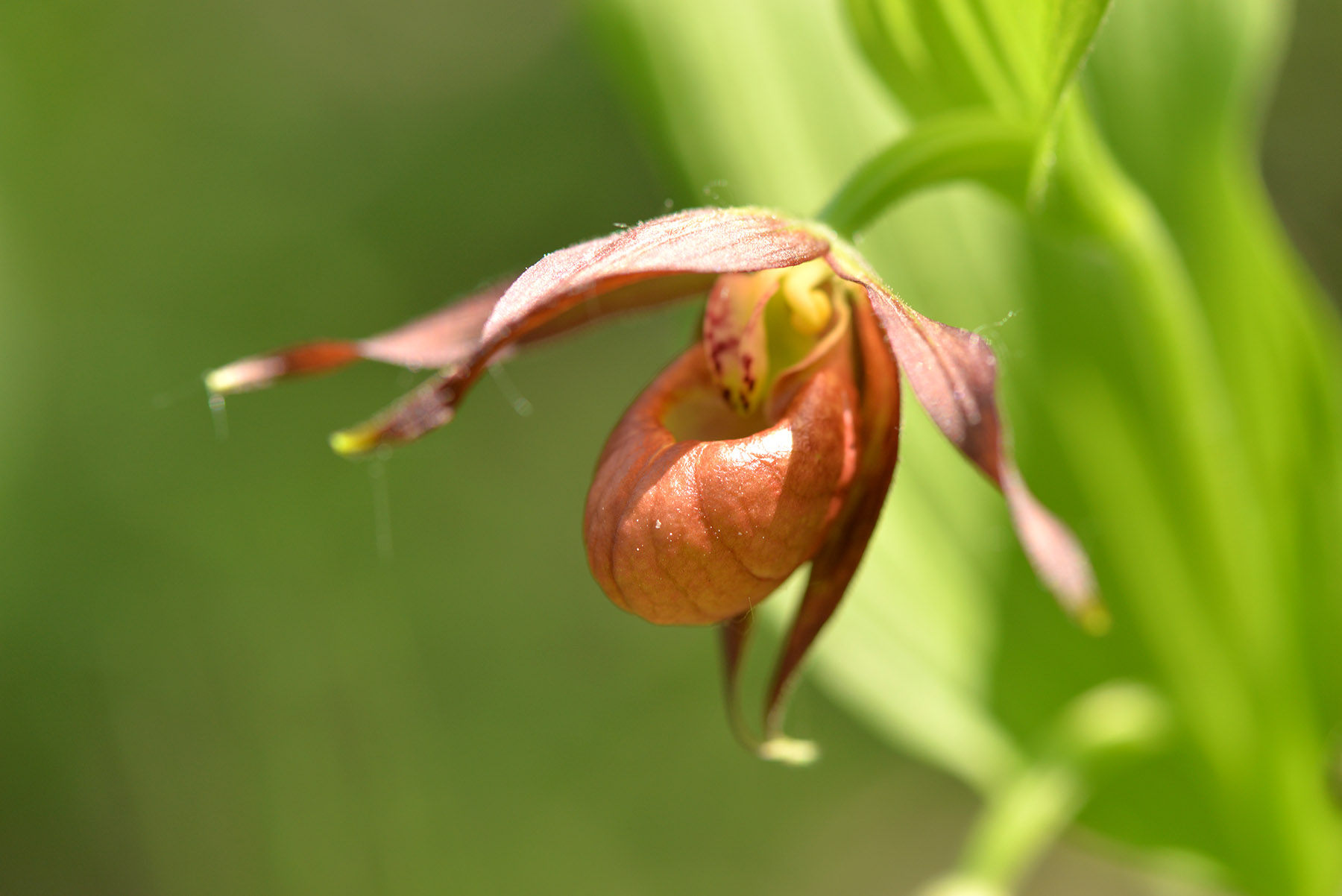
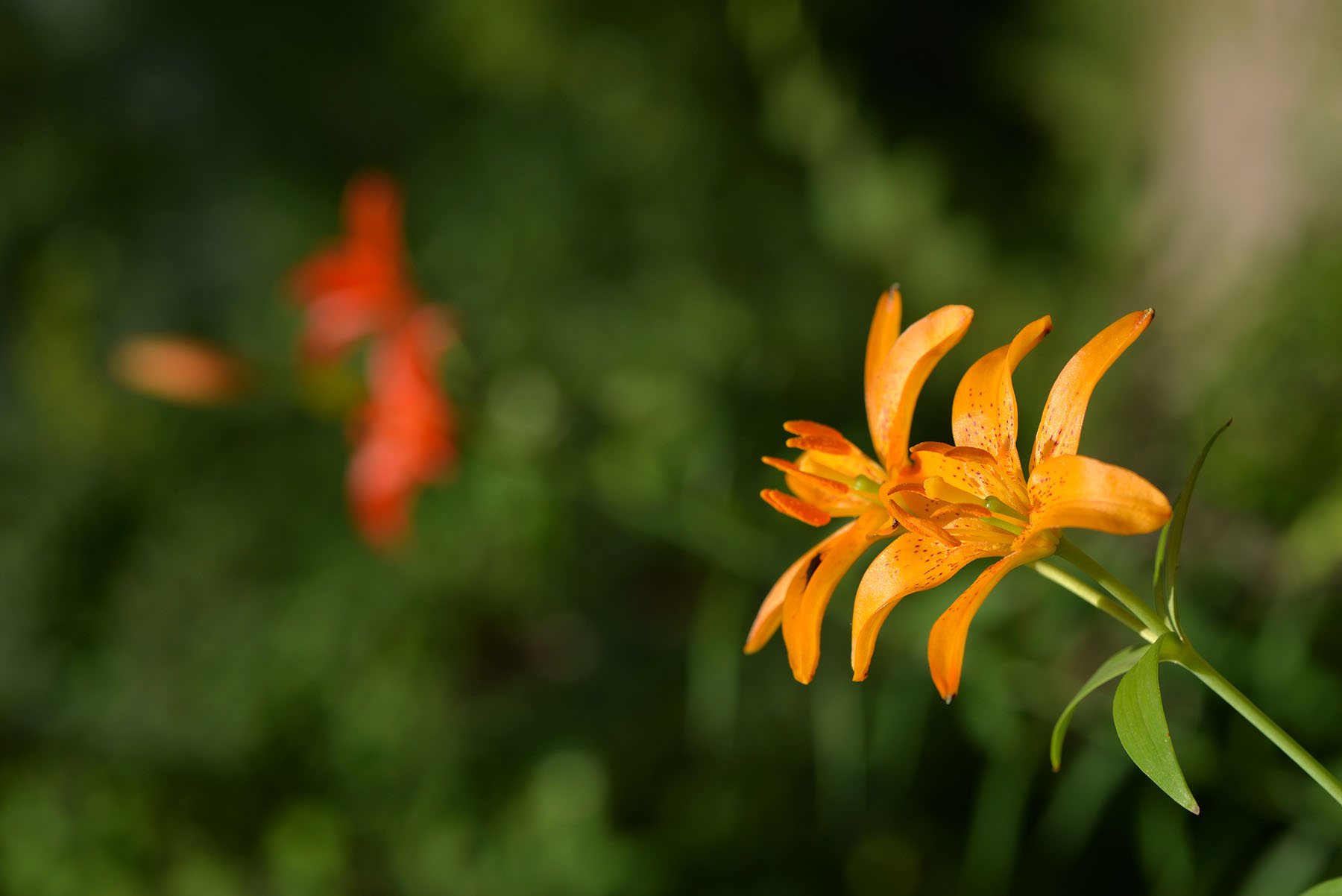
For Mu, the initial aim was just to enjoy nature. "I am a quiet person. It's nice to be in nature, seeing the light passing through the forest and falling on the moss under the trees. It makes me feel good," he said.
As he started discovering more and more rare and unique flora and fauna, Mu became motivated to embark on more excursions and fieldwork.
Compared with conventional plant classification at nurseries, finding new species of flowers and wild grass in the mountains takes more effort and involves some luck.
"When observing a likely new species of wildflowers in the mountains, you need to be careful and keep it intact," Mu said.
Mu has studied wildlife conservation, specifically plant taxonomy, in graduate school. He graduated with a bachelor's degree, majoring in biological science.
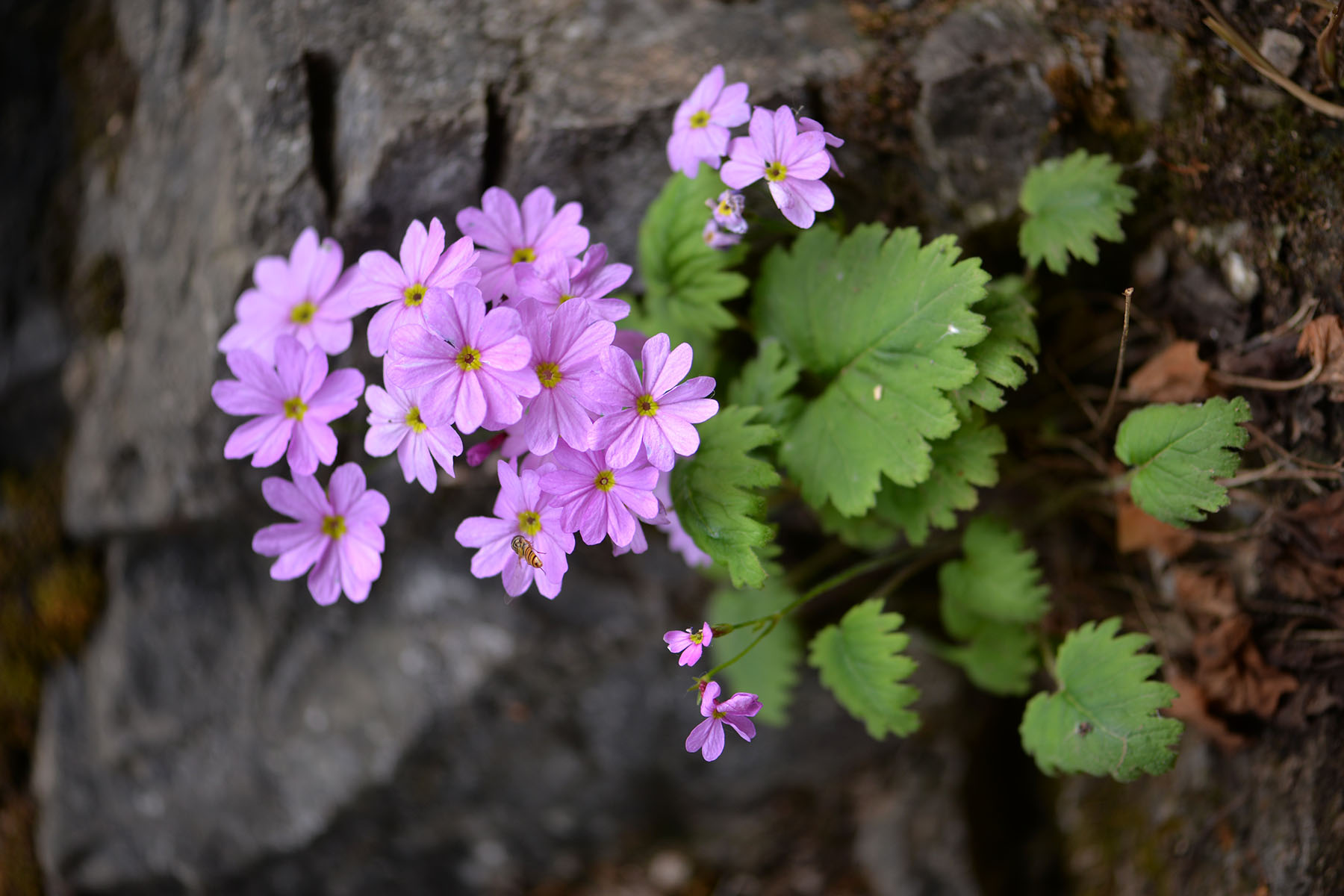
The history of plant classification can be traced back to the ancient Greeks and is regarded as the foundation of botany.
"First we know what the plant and its name is, then we get to know the genetic relations between different species, the kin recognition and where they originated, how they spread, and how they have evolved," said Mu.
His field of study has helped him to cultivate a sharp eye for plants he sees in daily life. When climbing in the mountains, he photographs plants that look unique.
"If some plants look different to me, I take extra photos. I'd take casual pictures of plants that seemed to be variations within a species, maybe a bit large or small, and I would take it home for further research," he said. "It is often upon careful examination that I discover I have captured a completely different species."
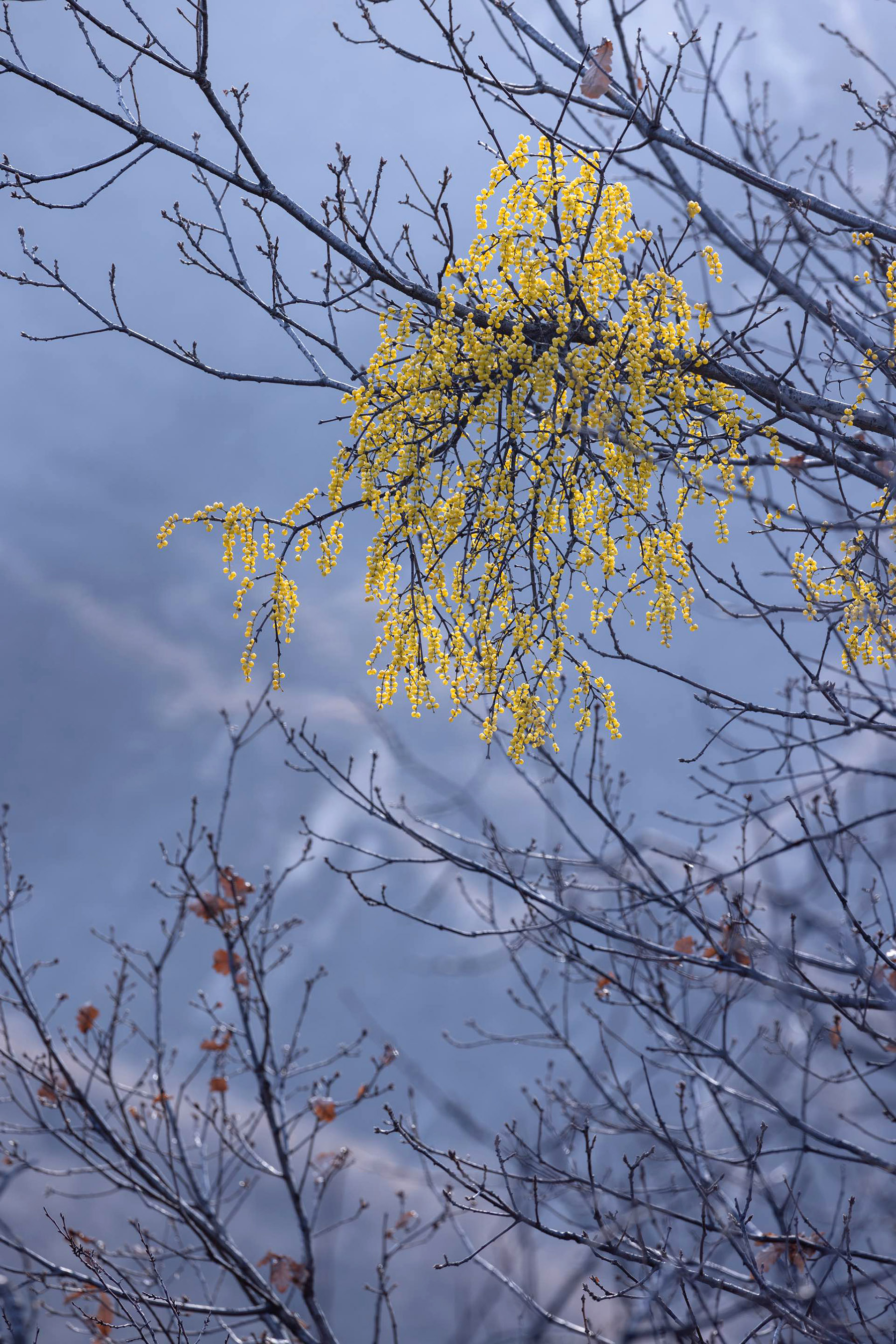
Hike and hobby
Many plant hobbyists have adopted Mu's approach of seeking out various unique flowers while hiking in the mountains. They organize nature experience activities that focus on observing flowers in the mountains, allowing the local community to continue benefiting from a healthy ecological environment.
Xue Kai, 48, is one such hobbyist who has devoted much of his spare time to taking photos of flowers and wild grasses in the mountains for more than two decades.
In 2006, he established a website dedicated to recording plant species he found in Beijing, to let more individuals who are interested in exploring plants get to know the species and their growing conditions.
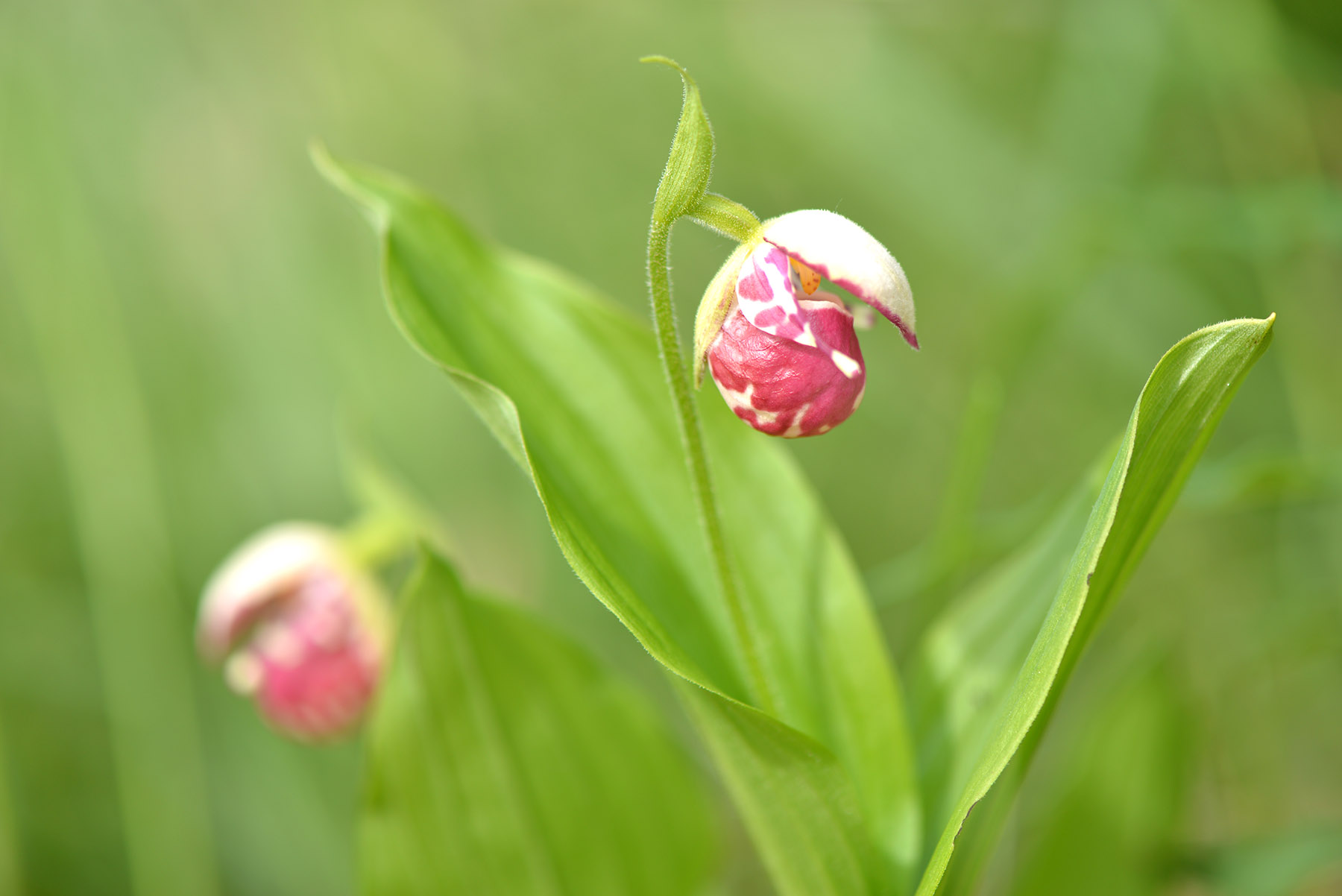
Till 2008, Xue said he had got to know more than 800 wild plants in Beijing and launched several events through an online forum for participation in outdoor activities to learn about plants.
"There was a sudden surge in finding new plant species by me in 2008," said Xue. "Since then due to a busy work schedule, I've had less time to go hiking and observe plants for over 10 years, and my plant identification skills didn't improve much."
"It was not until 2019 that I picked up my old habit of finding flowers in the mountains," he said.
With the aim of searching for tiny wild orchids in the capital city, in July 2019, he spent three days looking for traces of the flowers in the Yudu Mountains in Beijing's Yanqing district. He stumbled upon Monotropa hypopitys, translated as pine-shadow orchid in English, which despite its name, is not a true orchid but a member of the rhododendron family.
"It made a deep impression on me because I had never seen anything like it before," said Xue. "I discovered it completely by accident while searching for orchids in Yudu Mountains, crawling on the ground and examining every inch."
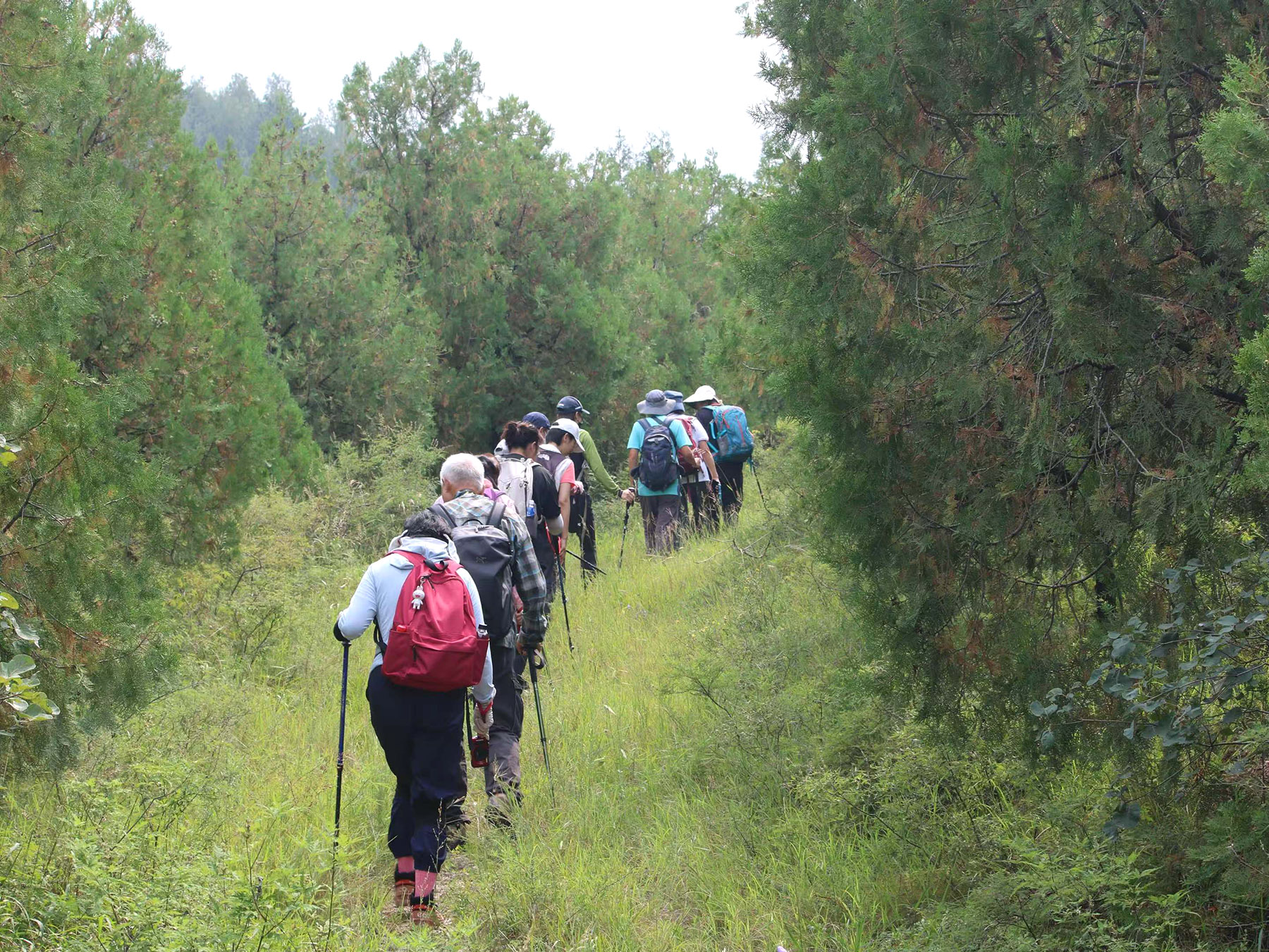
The pine-shadow orchid is a saprophytic plant, meaning it lives in symbiosis with fungi. After germinating underground, the plant relies on underground fungi to provide nutrients, and then it grows and flowers.
"Pine-shadow orchids typically grow under pine trees in damp soil, especially during the summer months. But not every suitable environment has these orchids," said Xue.
"Finding it also relies on luck," he said, adding that the chance of discovering this plant is greater in the city because of the overall good ecological conditions.
After discovering a new species, Xue said he checks on them often, observing the entire process of flowering, fruit bearing and germination.
"It's great to see it from blooming to fruiting and sprouting," he said. "It goes through these stages, and each visit reveals a new phase."
However, he could not locate the pine-shadow orchid later.
"It perhaps could be the environment change. Maybe it moved to another place, or maybe this place wasn't suitable so its seeds probably drifted to another place and sprouted there," he said.
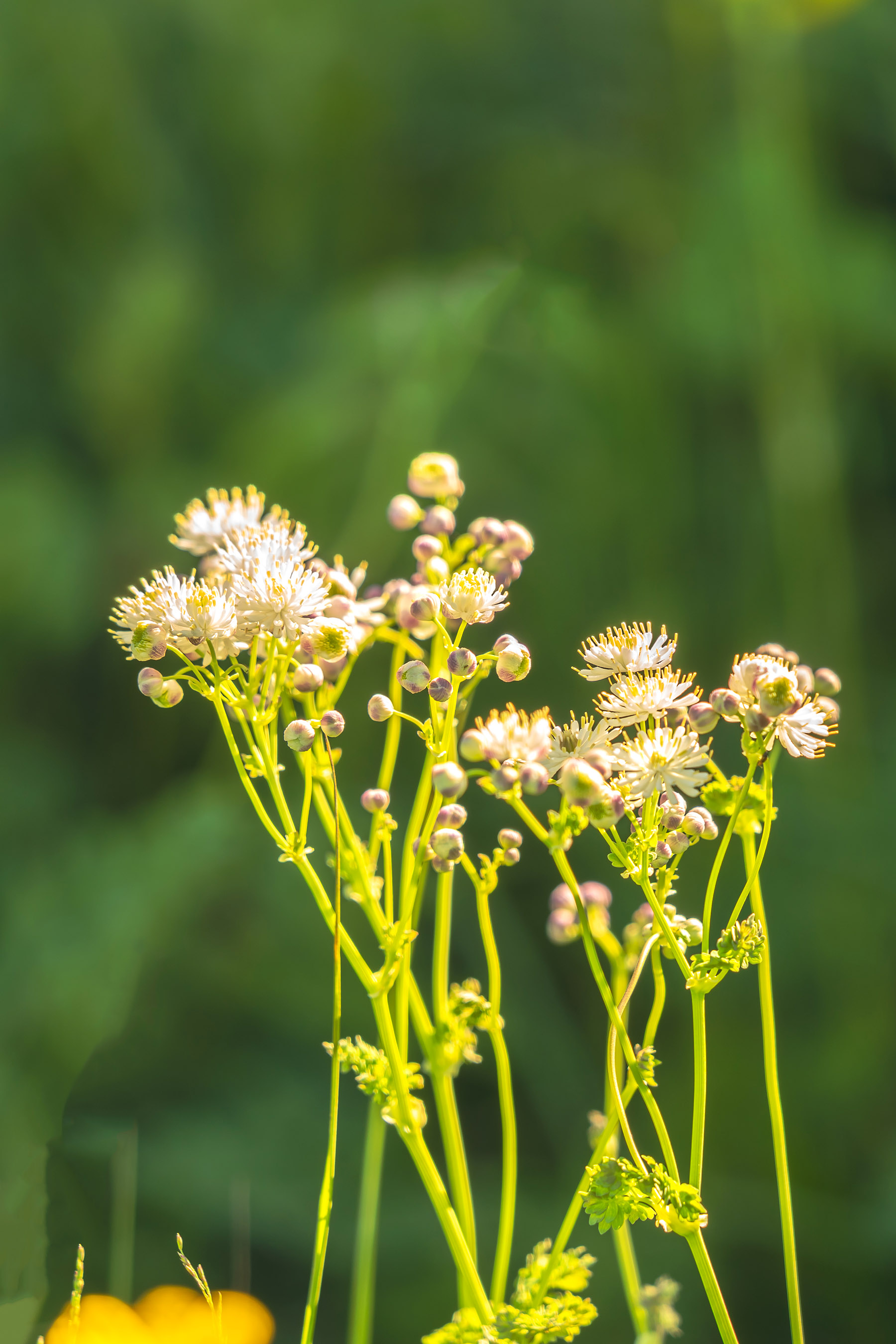
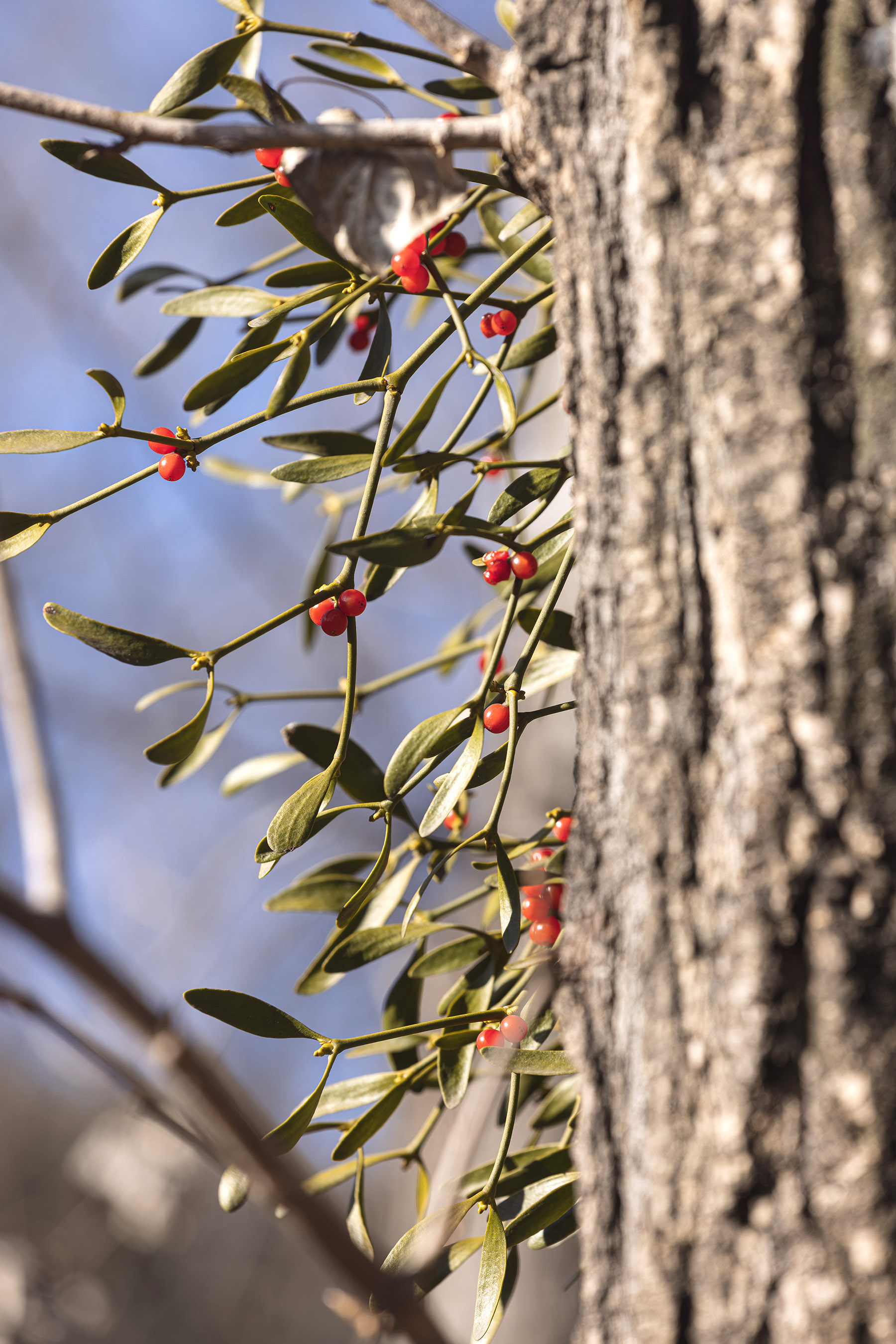
Chasing blooms
In 2021, Xue began organizing flower viewing tours, taking people who are interested in plants and flowers to the mountains around Beijing, and explaining to them about parts of the flowers they don't usually notice.
"People observe a flower, likely captivated by its striking hue. However, we can go beyond that by dissecting the flower, to explore its peculiar and unique structure. Such expeditions offer the possibility of getting to know new species," he said.
"We, as hobbyists, can travel to new places, discovering different florets by accident, which also provides a new window for experts to engage in further research of the variety," Xue said, adding that in recent years, most of the new plant species discovered in Beijing have been initially found by enthusiasts and then collected and verified by experts.
Beijing lies in an area marked by steep slopes in the northwest and low flat terrain in the southeast. Around 61 percent of Beijing is mountainous. In the far mountainous outskirts, seasons usually arrive about a month earlier than in the city area.
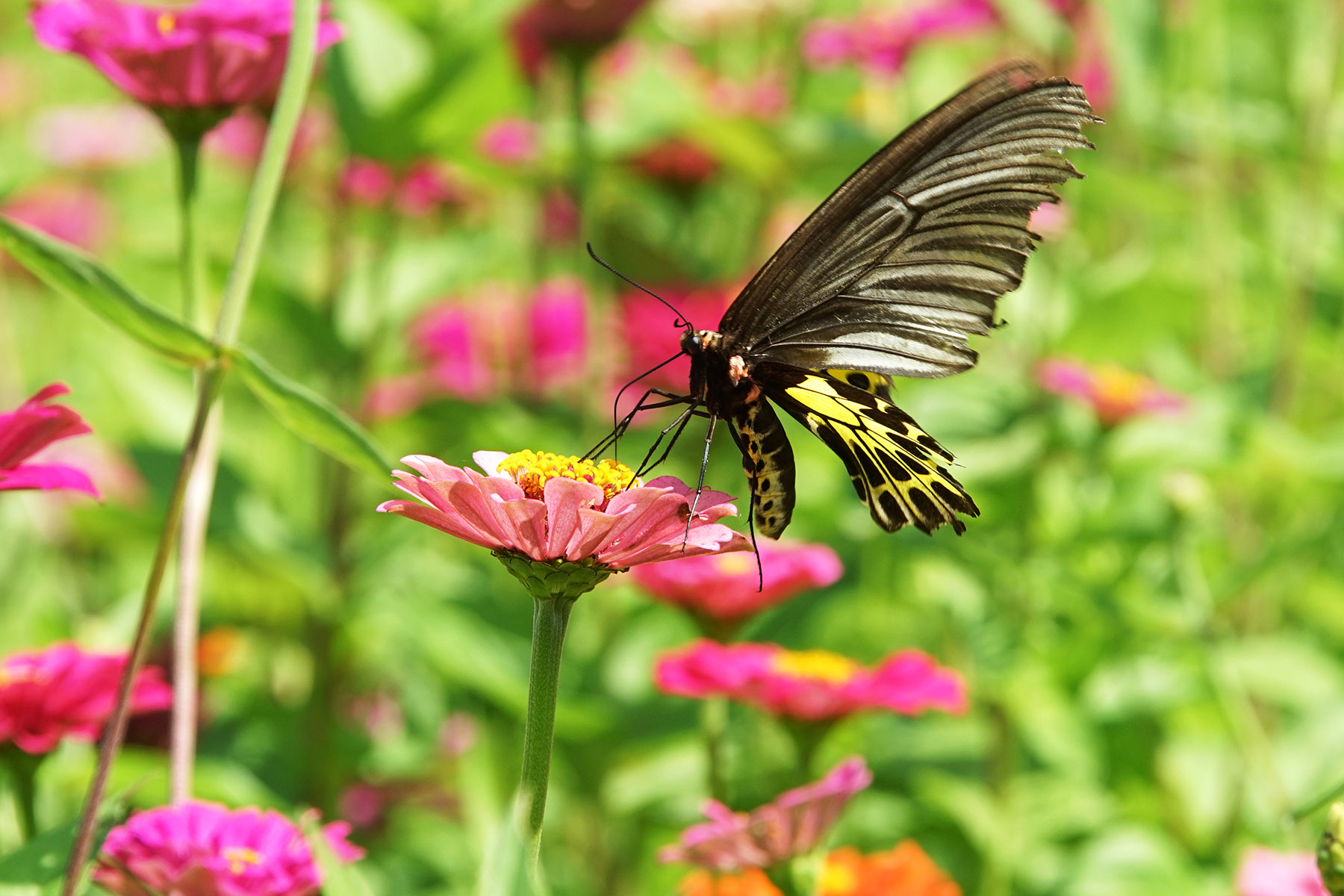
Yet, time seems to slow down in the wild nature, as many unnoticed plants take their time to grow, absorbing energy from the natural environment.
"People like flowers," said Mu. "In fact, flowers are supposed to grow naturally. It's just that due to human activities and other factors, it has become rare for us to see these blooming in the wild."
He remembers the first time he encountered the woodland grass called Gentianopsis contorta, a flower that blooms in the autumn of North China.
The small flower thrives only in densely shaded woodland environments, and leisurely blooms toward the end of August.
Due to its late blooming and secluded habitat in the mountains, few people encounter it. The Gentianopsis contorta in Beijing was not found until 2012 and was officially recorded in 2014.

The appearance of flowers in the mountains is an indicator of the health of the forest it grows in and its ecological environment.
ALSO READ: Butterfly guardian surveys Yunnan biodiversity
Speaking about the myco-heterotrophic orchid endemic to North China called Holopogon pekinensis, Mu said that many organisms are connected to it. The small flowers grow in mixed deciduous forests, under various broad-leaved canopies in rich and moist environments. Fungi in the soil provide energy to it, which requires the diversity of fungi in the soil to be high for good vegetation. Plants and microorganisms continue to support each other for the cycle of life in the forest.
Mu also said that in a place with such rich biodiversity, local surveys including monitoring information about the flowers are crucial. Only by collecting the evidence can decisions be made during the balancing act between development and conservation.


